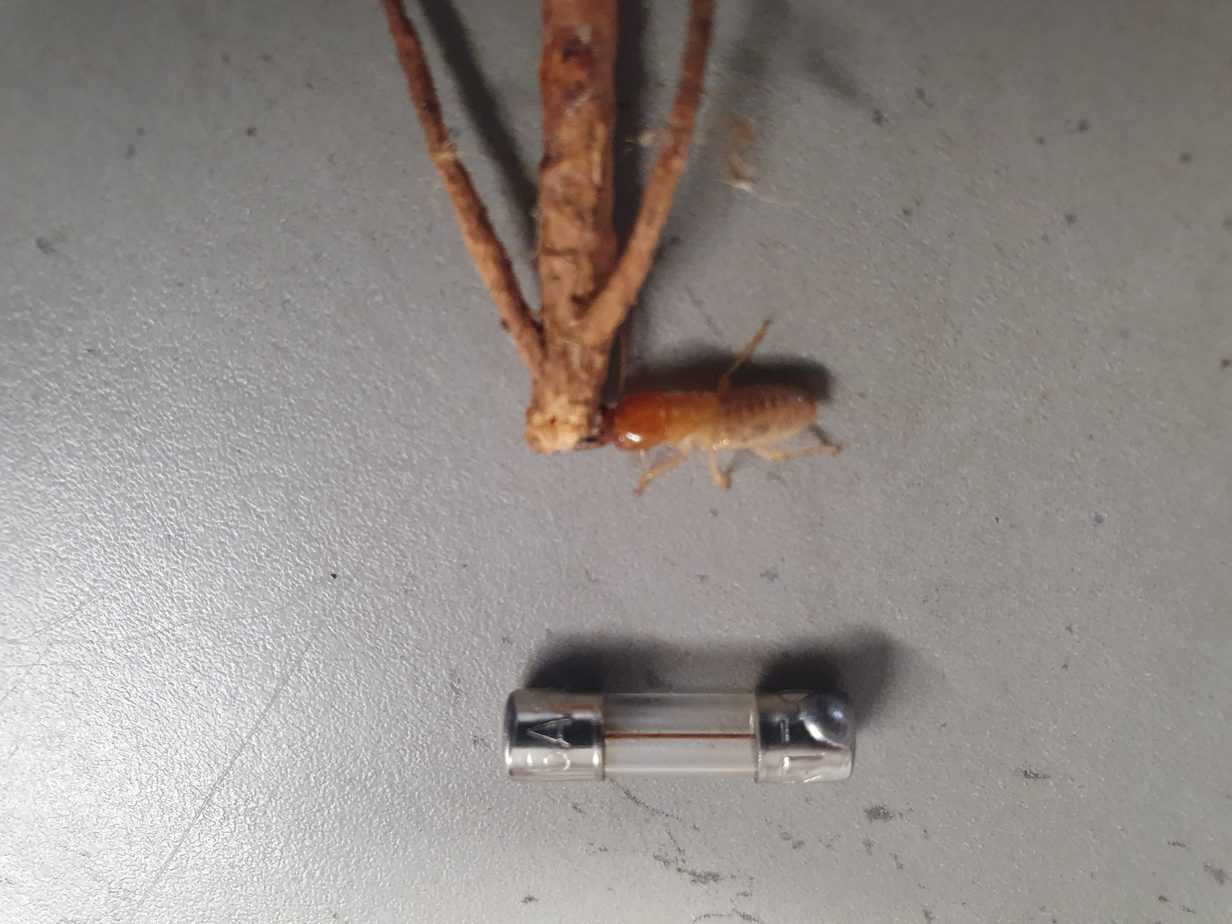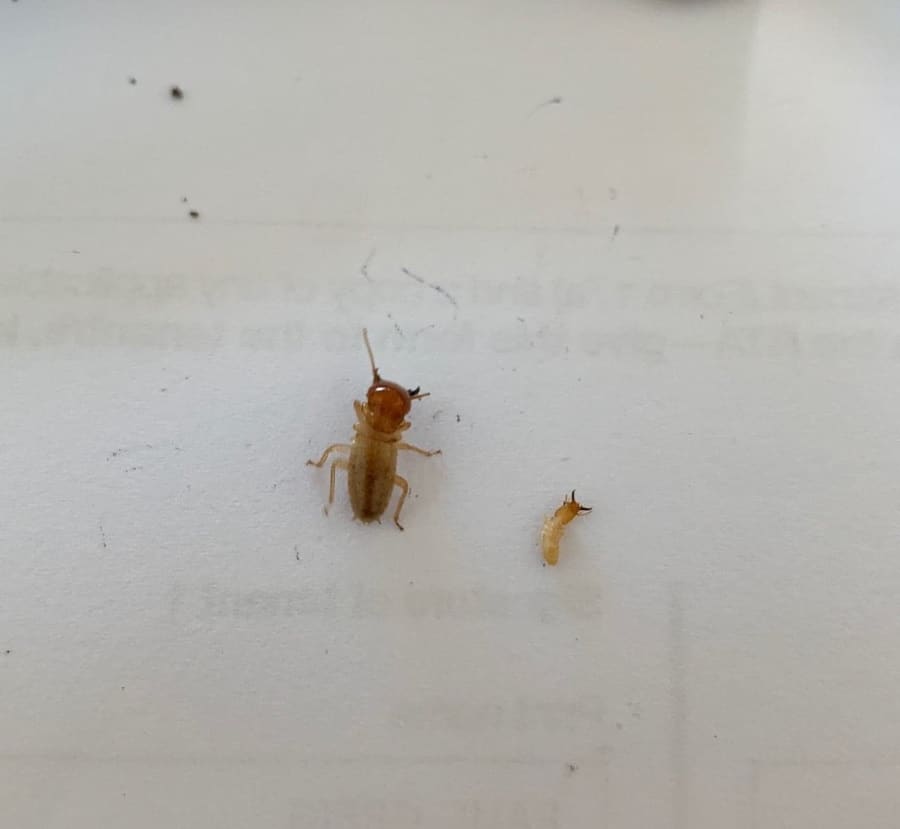Mastotermes Darwiniensis
Ancient Super Termite Found On Gold Coast
For instance, the Mastotermes Darwiniensis worker termites have evidence of vestigial wing buds. These creatures are related to cockroaches and maybe at some stage in their evolution they flew. That’s one aspect of their being that contributes to making them unique.
It goes further than that though. The Mastotermes Darwiniensis lived in isolation in Australia for so long it developed its own weird characteristics. Somewhat technical in nature, the description in Science Direct is quoted below:
The recent observations of Baccetti and Dallai (1977, 1978) demonstrate in this species a type of spermatozoon unique in the animal kingdom since it bears about a hundred flagella.
Science Direct
LIKE A COCKROACH

Lifecycle of cockroach
We've written previously about cockroaches, including the Lifecycle Of The Cockroach. You can read that article here. If you would like to use the lifecycle infographic on this page, please follow the link above and use the supplied embed text.
WHO’S THE QUEEN?
These termites live in colonies that have a kind, queen, workers, soldiers and nymphs. What’s interesting about them though is their ability to spawn a new colony. A mature colony will produce winged variants that disperse for mating flights. In that sense they’re not dependent on a single colony and single queen in the way that many insects (termites, bees) are.
THE MOST DESTRUCTIVE TERMITE IN AUSTRALIA
This termite is by far the most destructive termite in Australia… M. darwiniensis has caused more economic loss than any other insect in the northern half of the continent.
PaDIL
Populations can be enormous, numbering in the millions, quickly destroying their host. Its diet is varied, as it will eat introduced plants, damaged ivory and leather, and wood and debris, and in fact almost anything organic. It becomes a major agricultural pest, to the extent that vegetable farming has been virtually abandoned in Northern Australia.
Atlas Of Living Australia
FOUND ON THE GOLD COAST
As interesting as these termites are, it’s very disturbing to see them found here on the Gold Coast. Richard found them in a property in Tallai. Their existence there was sufficient to interest local news outlet 7 News. They did a spot featuring Richard on their nightly news show. The segment is shown below. It’s an embed from 7 News Facebook page.
The Mastotermes Darwiniensis is an incredible species. It’s found only in Australia and is the lineage of an otherwise extinct line of termites. It’s further developed in the incredible harsh conditions of Australia’s top end to become a unique and frighteningly capable creature.
We have quoted on eradicating the infestation from the property in Tallai. To date that quote has not been acted on, so to our knowledge the colony of Mastotermes termite there still exists. That such a destructive and potentially costly creature still resides on the Gold Coast should concern everyone. We’ll certainly be keeping an eye out for these as we work around the Gold Coast. Hopefully we don’t encounter them again. As fascinating as they are, they’re also potentially destructive on a scale no other local termite is.




